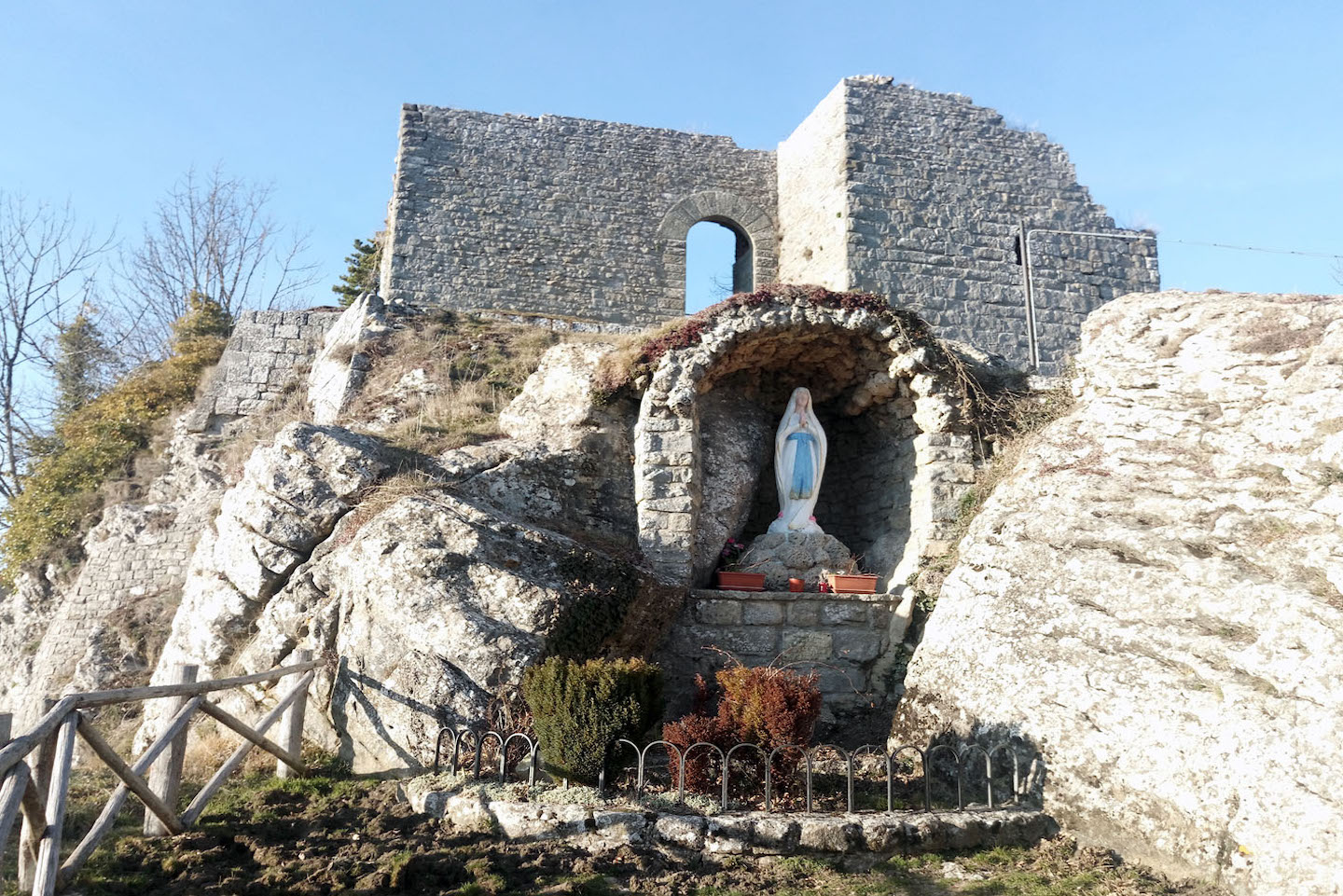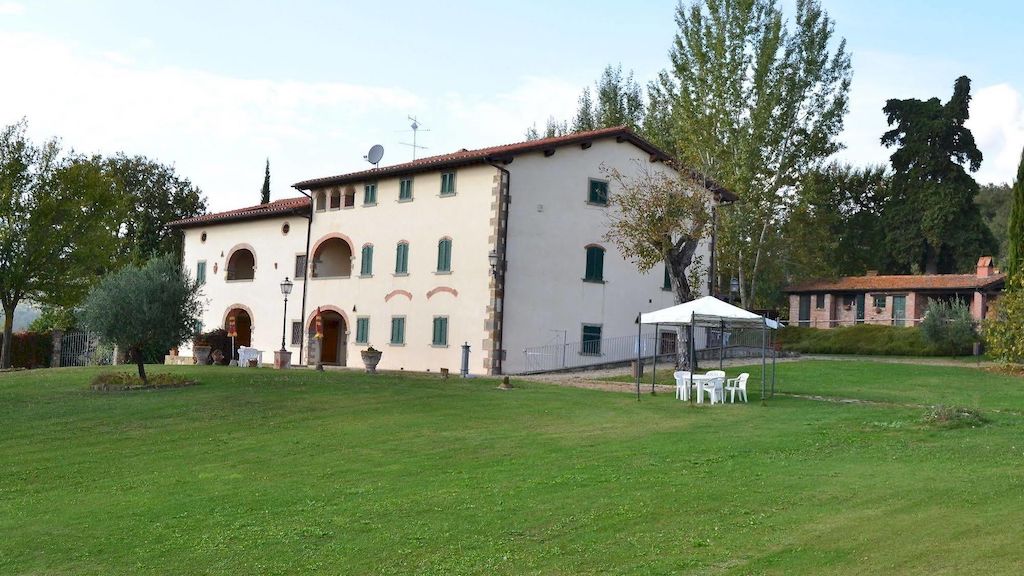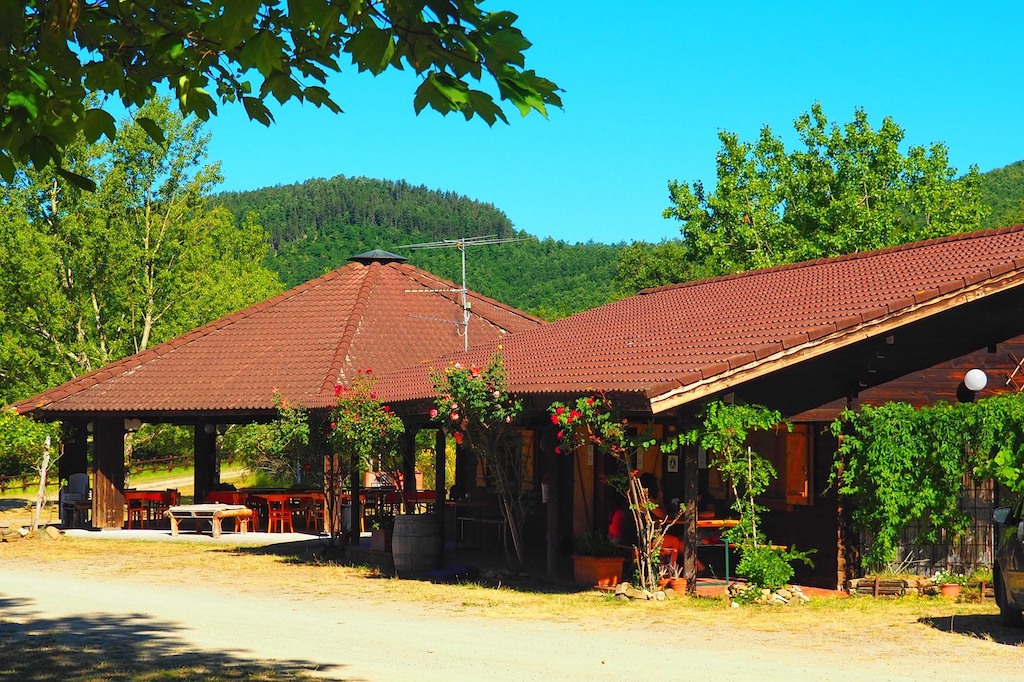
Castle of Count Cattani – Chiusi Della Verna
The Castle of Chiusi was built before the year 1000, and is mentioned in a privilege of Emperor Otto I in 967, but the date is uncertain.
The document confirms that the Count of Chiusi had properties and rights in the courts of Sarna, Compito and Chitignano.
Because of its strategic position and its considerable height, the castle of Chiusi was always much feared. It stood in an elevated position surrounded by rocks that protected it on three sides. The perimeter walls and the round-arched entrance door are still in a good state of preservation. The interior, which is more damaged, had storerooms and stables on the ground floor, while the family and servants lived on the upper floor.
The state of the castle is affected by its use as a quarry for building materials. In fact, the south-west wall of the nearby church of Santa Maria degli Angeli, was built with stones from the castle in 1740, a date carved in a stone of the third row. The stone blocks of the fortification were also used for the construction of houses and the walls of the cemetery.
In spite of this, the castle continues to exert a timeless fascination on anyone who comes to admire its remains.
Its history is linked to the family of the Counts Catani or Cattani. One of the most important figures was Orlando, who, in 1213, donated part of his territories, including mount Verna, to St Francis of Assisi.
In 1261, Guglielmo degli Ubertini, Bishop of Arezzo, declared the Cattani family to have lost their power, and took possession of the castle. In 1324, the castle and county of Chiusi passed to Bishop Guido Tarlati.
The Tarlati were driven out of Casentino by decision of the Municipality of Arezzo, then governed by a Council of 60 citizens.
The struggles between the Guelph and Ghibelline, eventually led, in 1384, to the accession to power of a powerful captain of fortune, Enguerran de Coucy, who also took possession of the territory of Chiusi. All the territories were ceded to the Florentine Republic.
The castle of Chiusi was given to the Counts Guidi of Bagno di Romagna, allies of the Florentines. Later, in 1404, since the Conti Guidi, together with the Ubertini, had joined the Milanese against Florence, the city decided to take back all the castles.
Chiusi lost its autonomy and became the seat of a Podesta office. After a few years, the Podesteria of Chiusi was joined to that of Caprese, with the obligation for the Podestà to reside, alternately, six months in the fortress of Chiusi and six months in the Praetorian palace of Caprese. In 1474, Lodovico Buonarroti was Podestà in Chiusi for the Florentine Republic, when his son Michelangelo was born.
For more information




